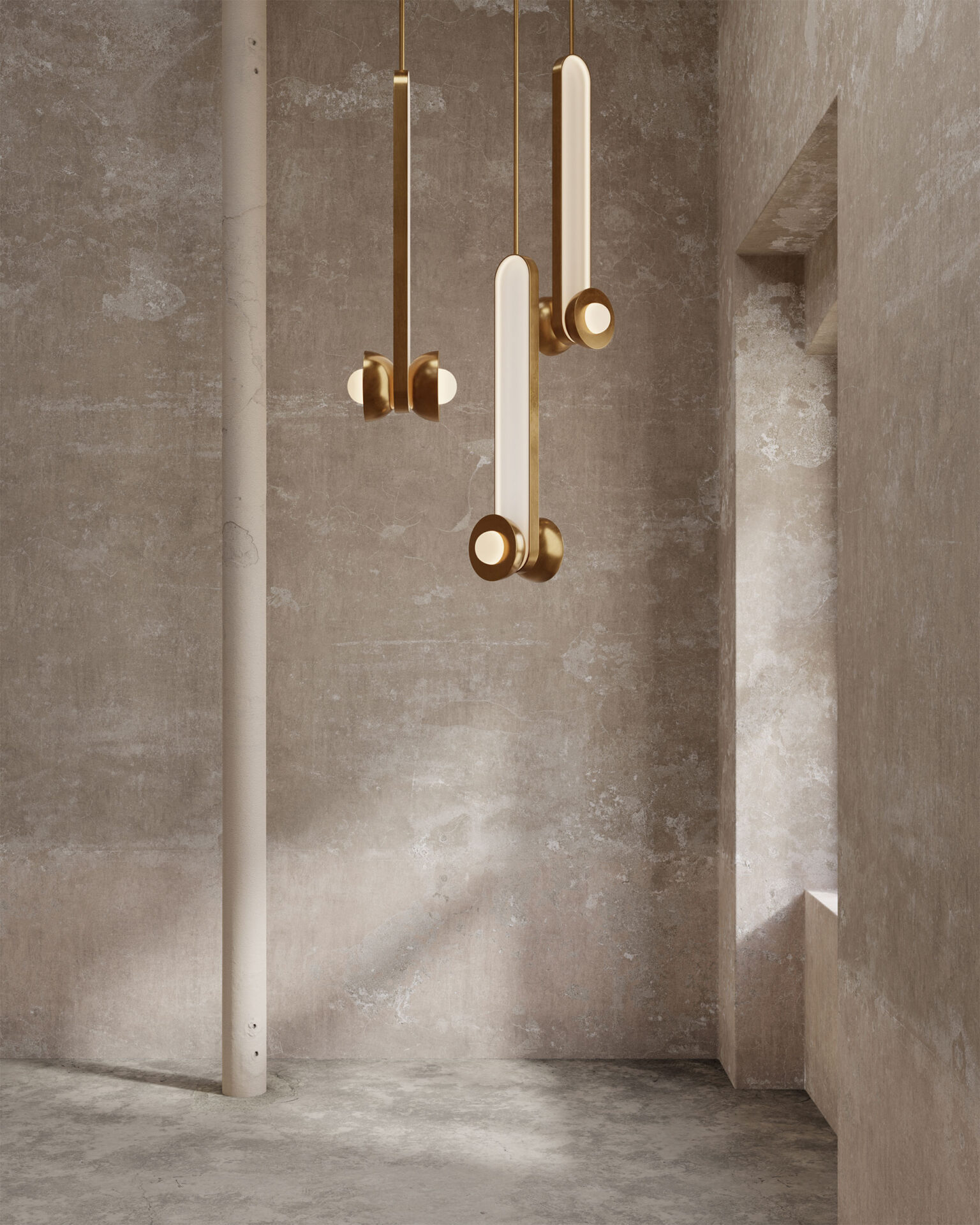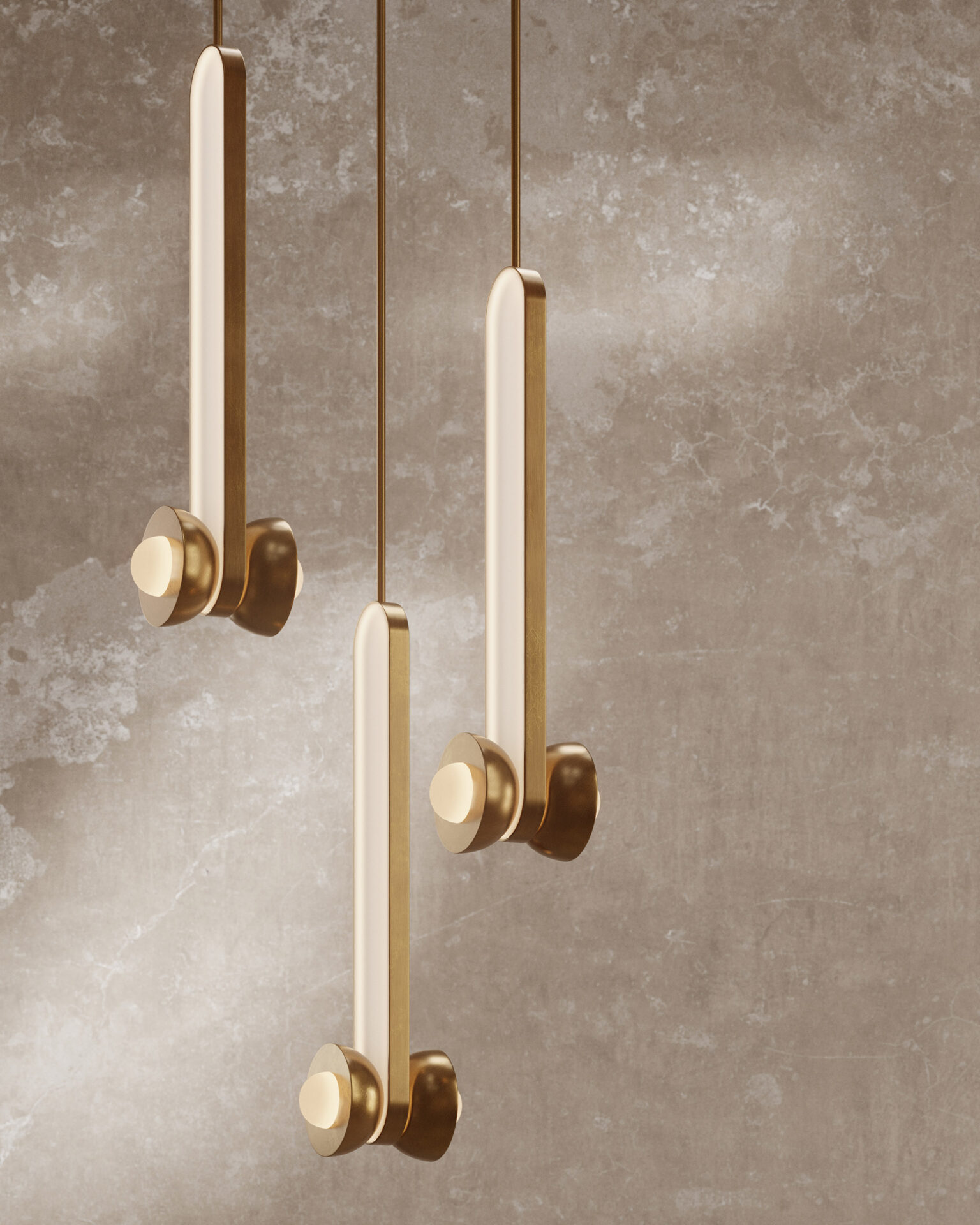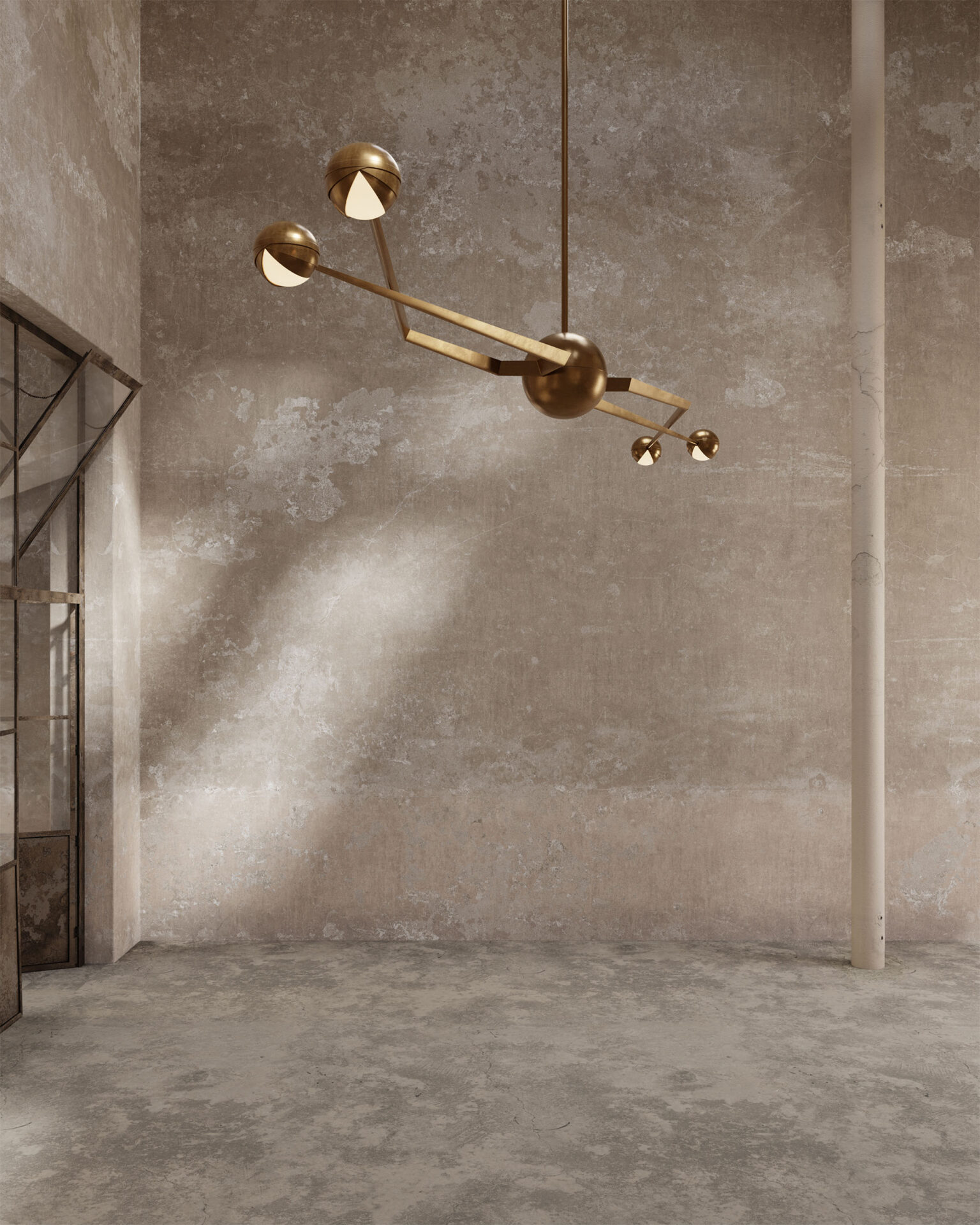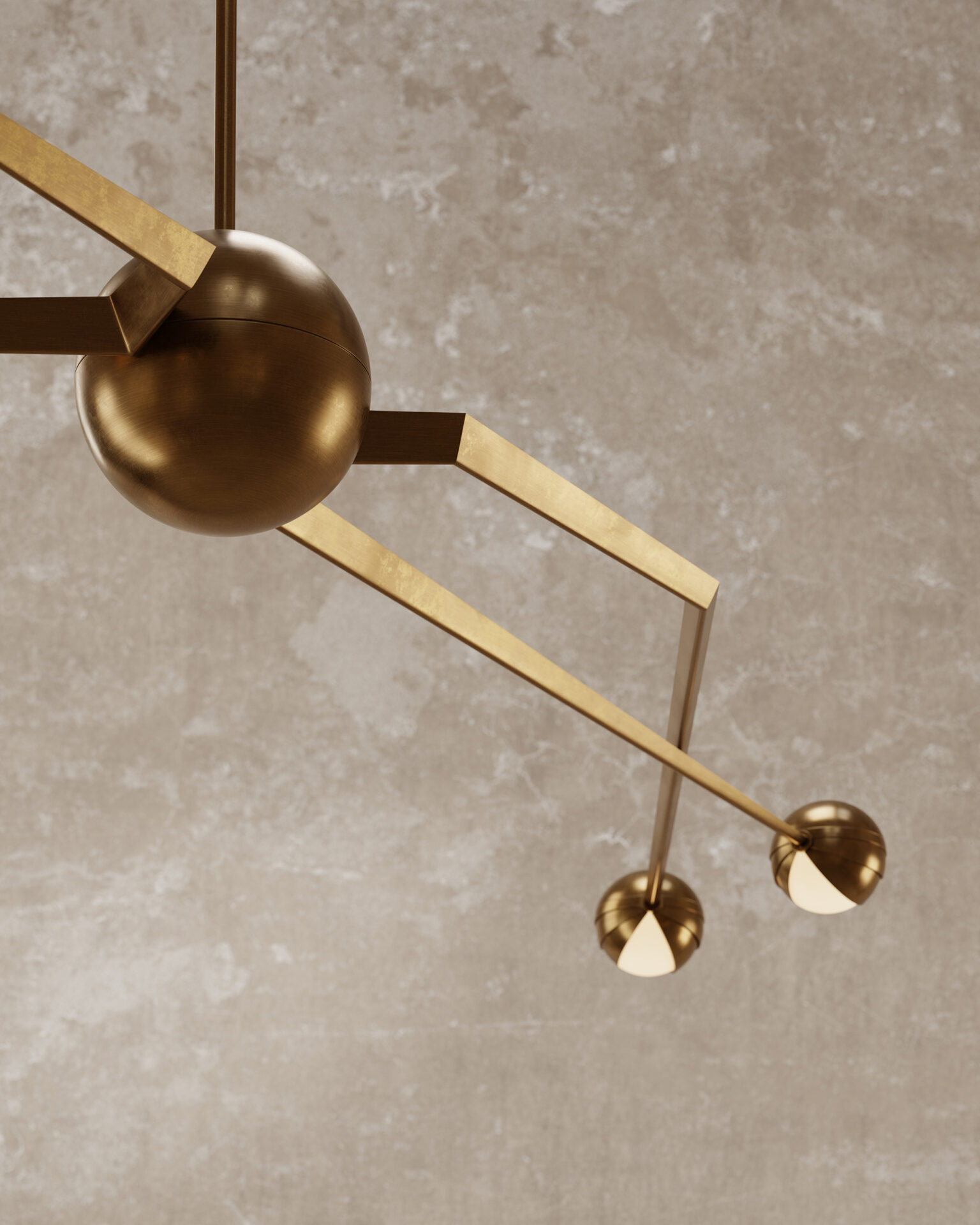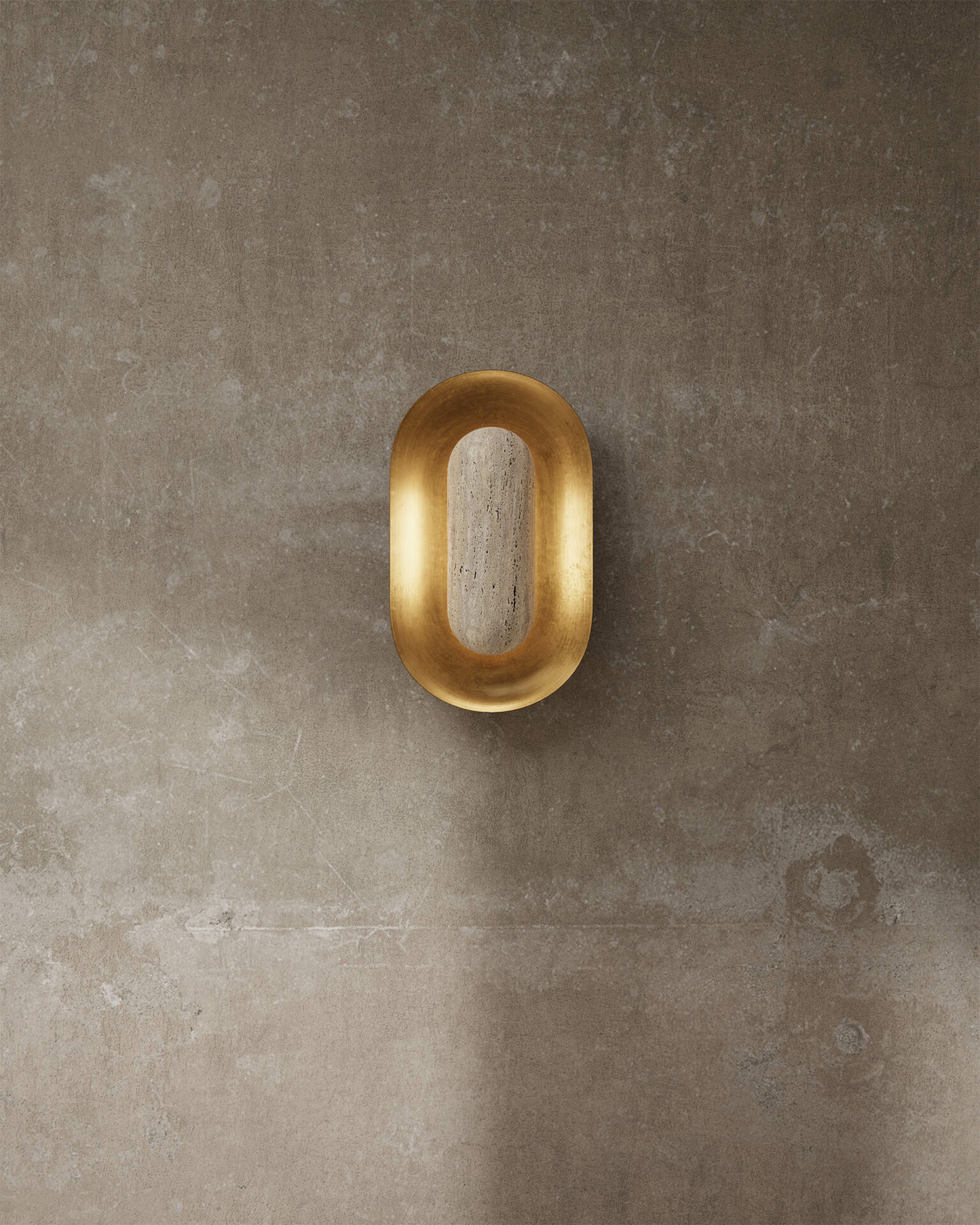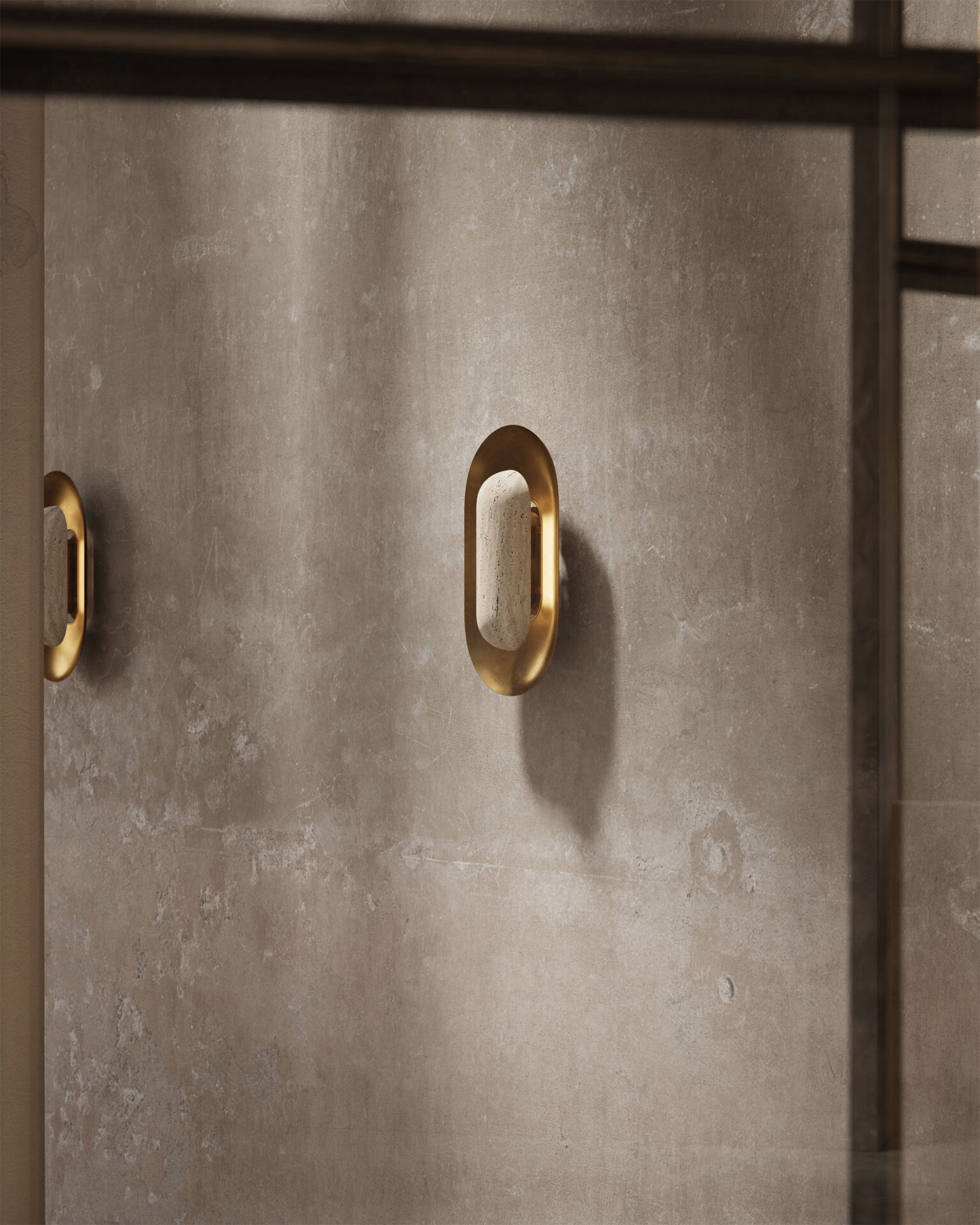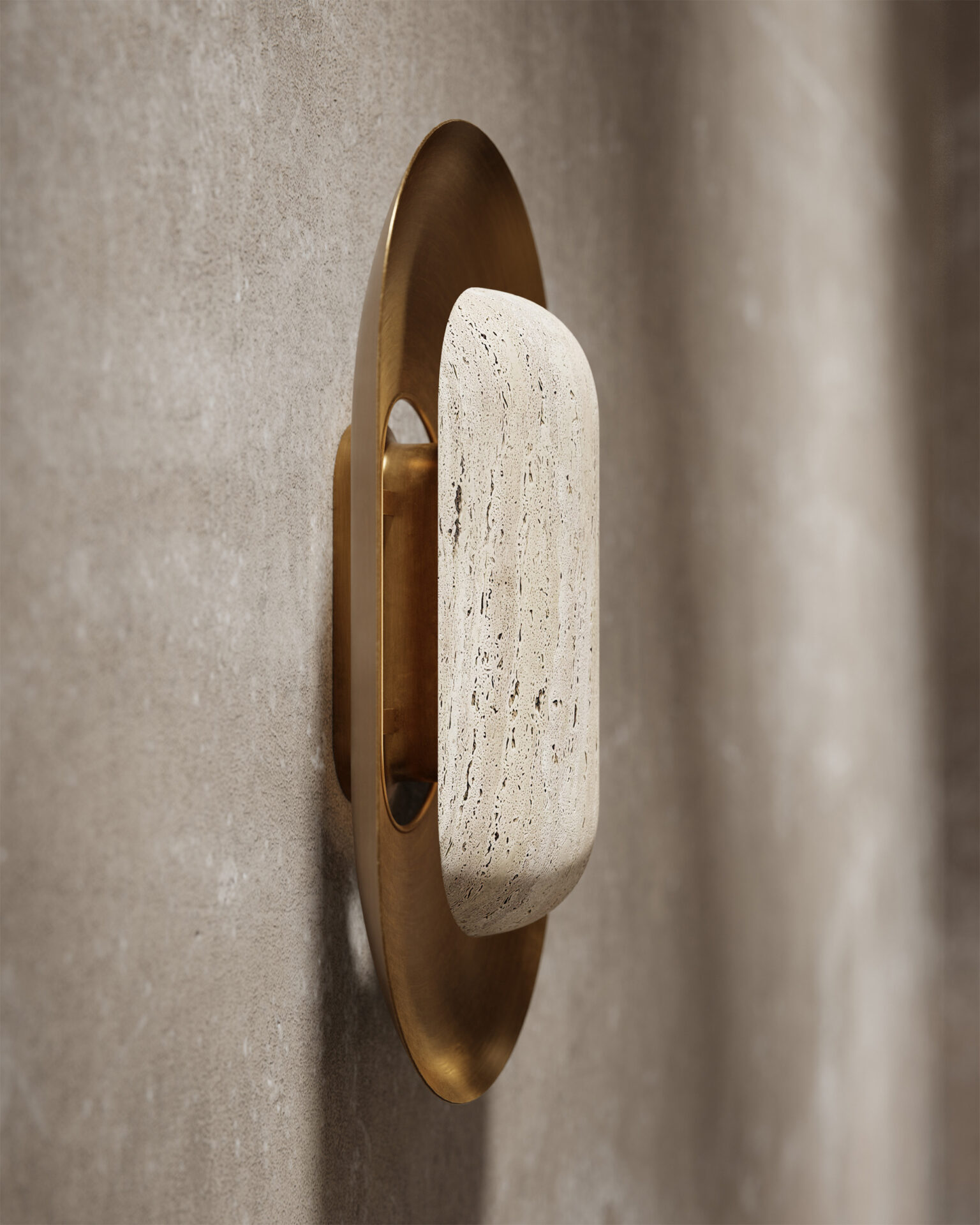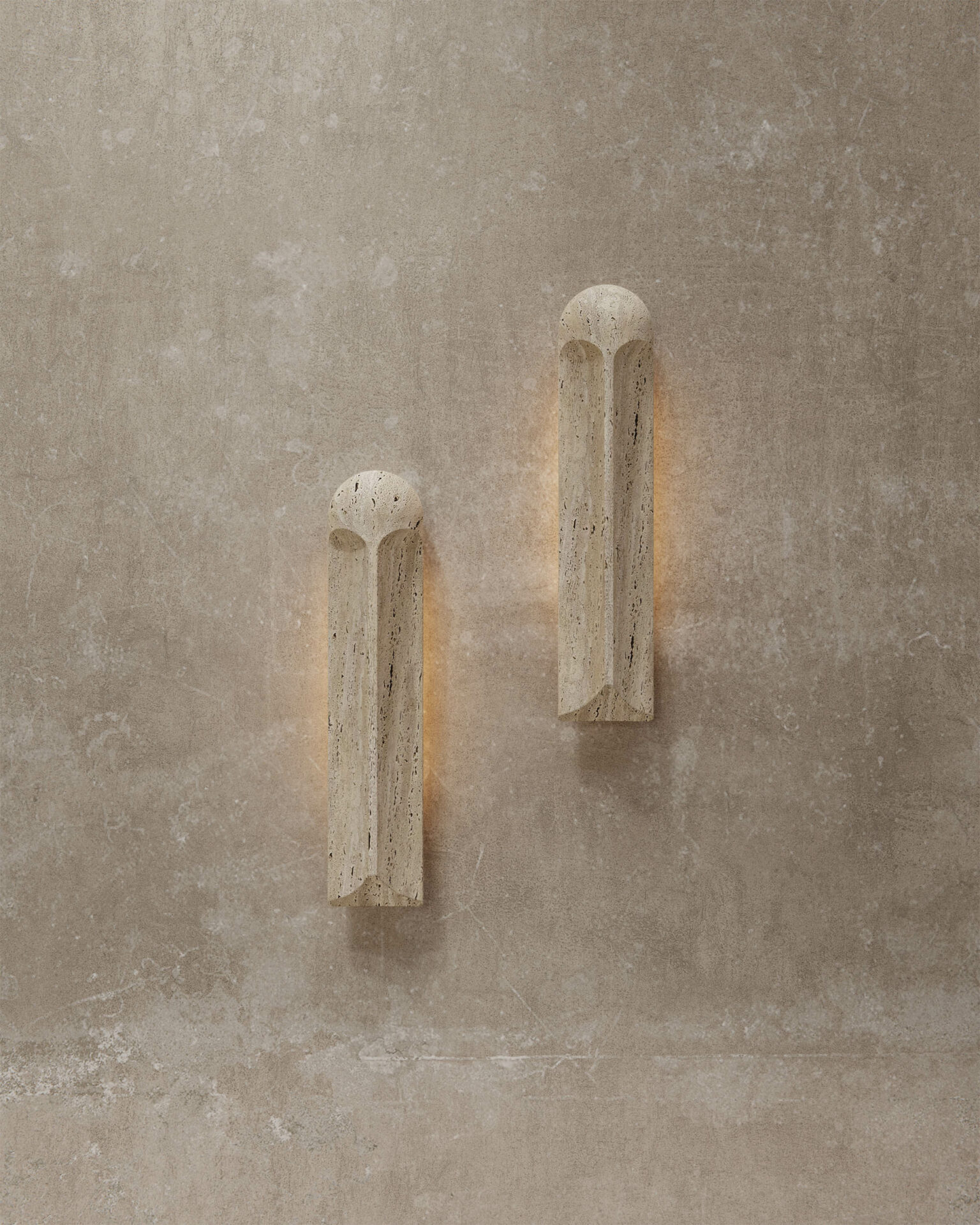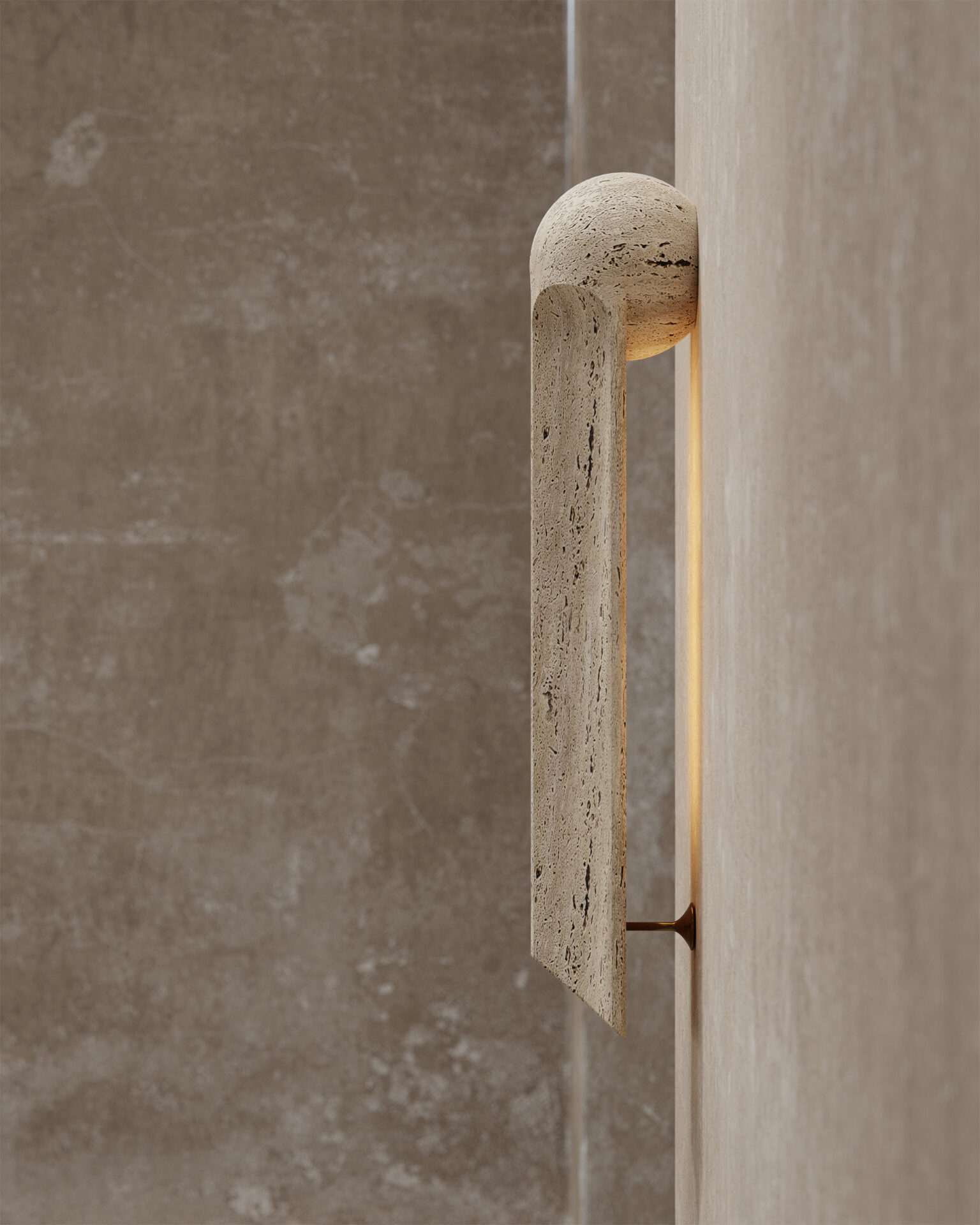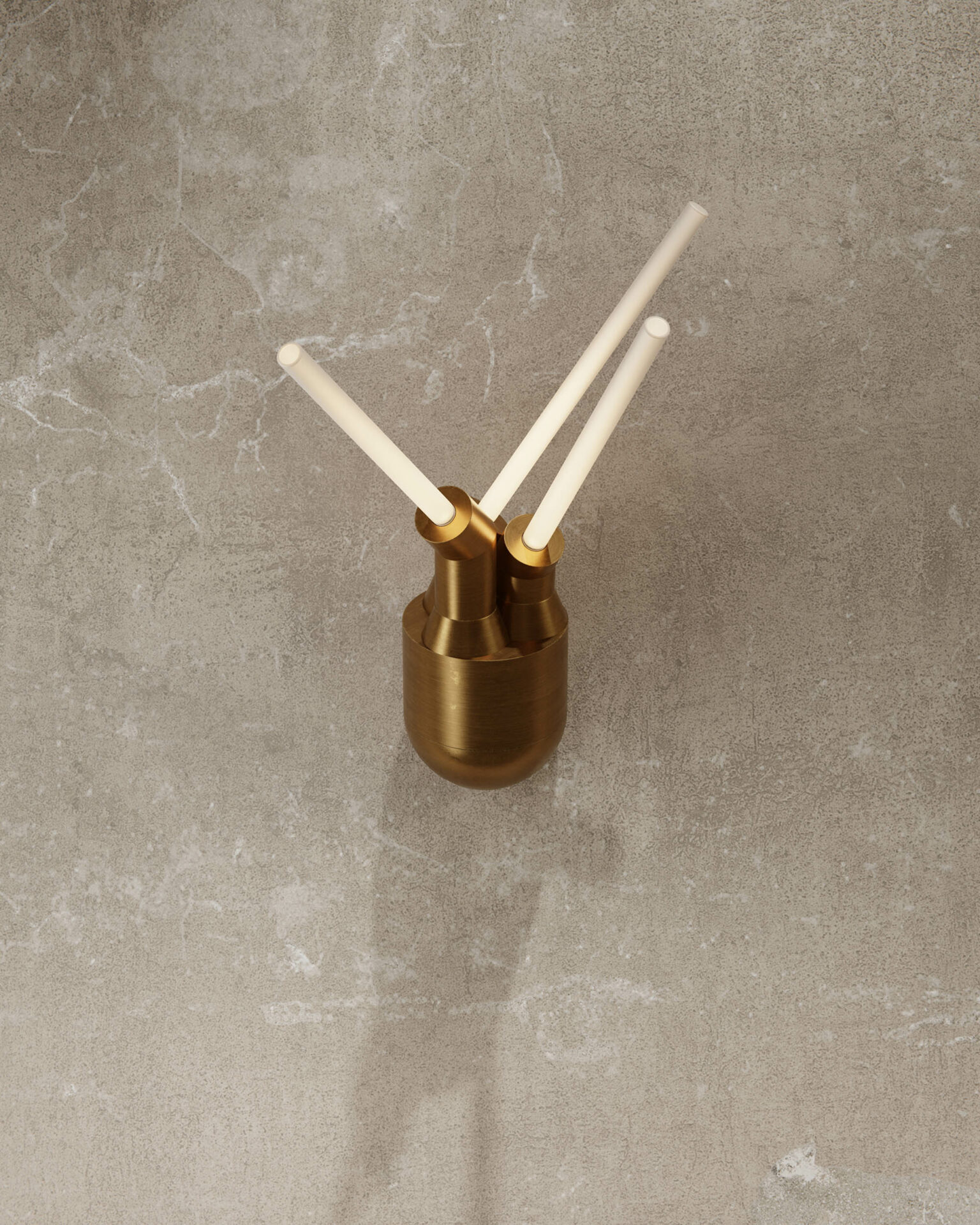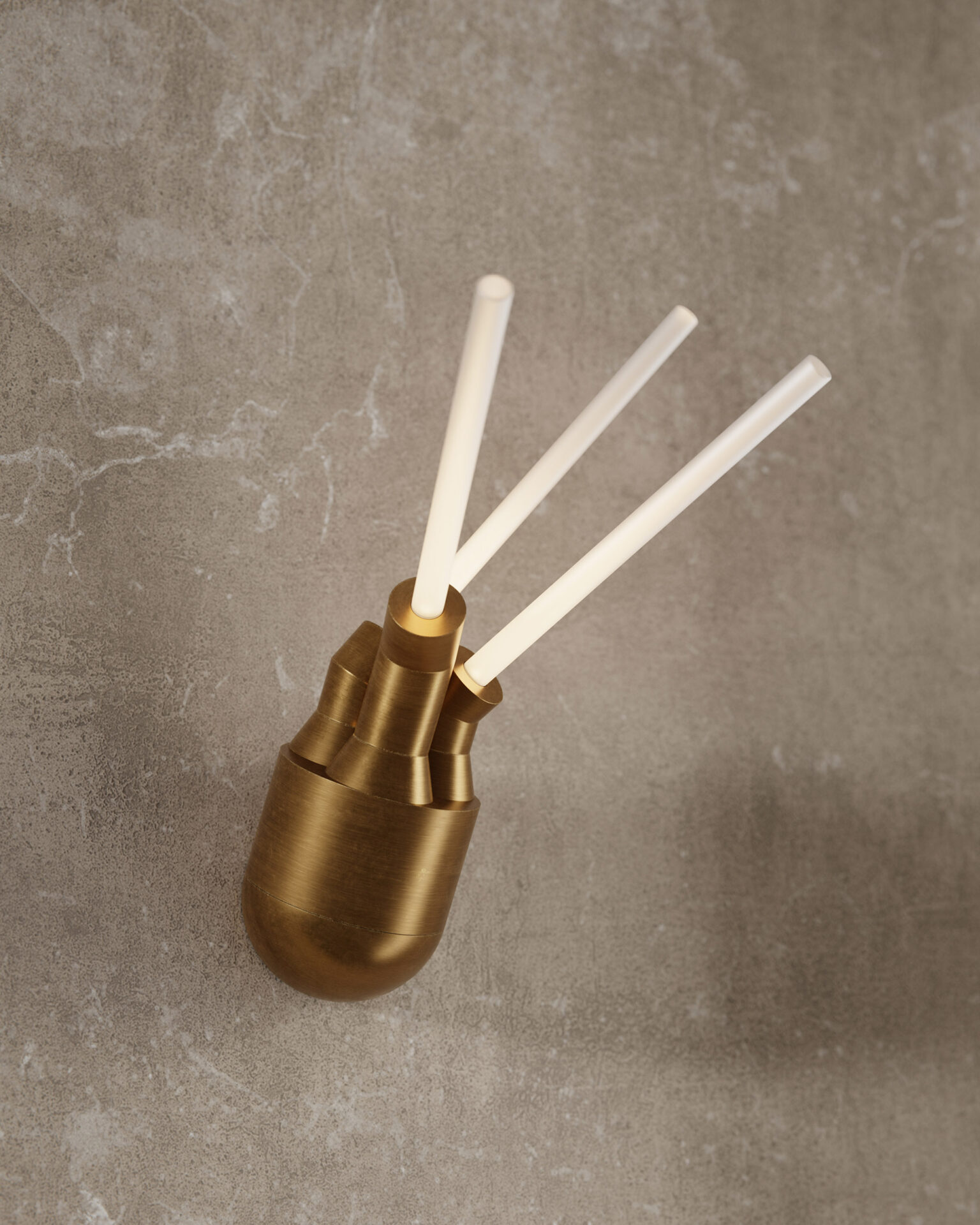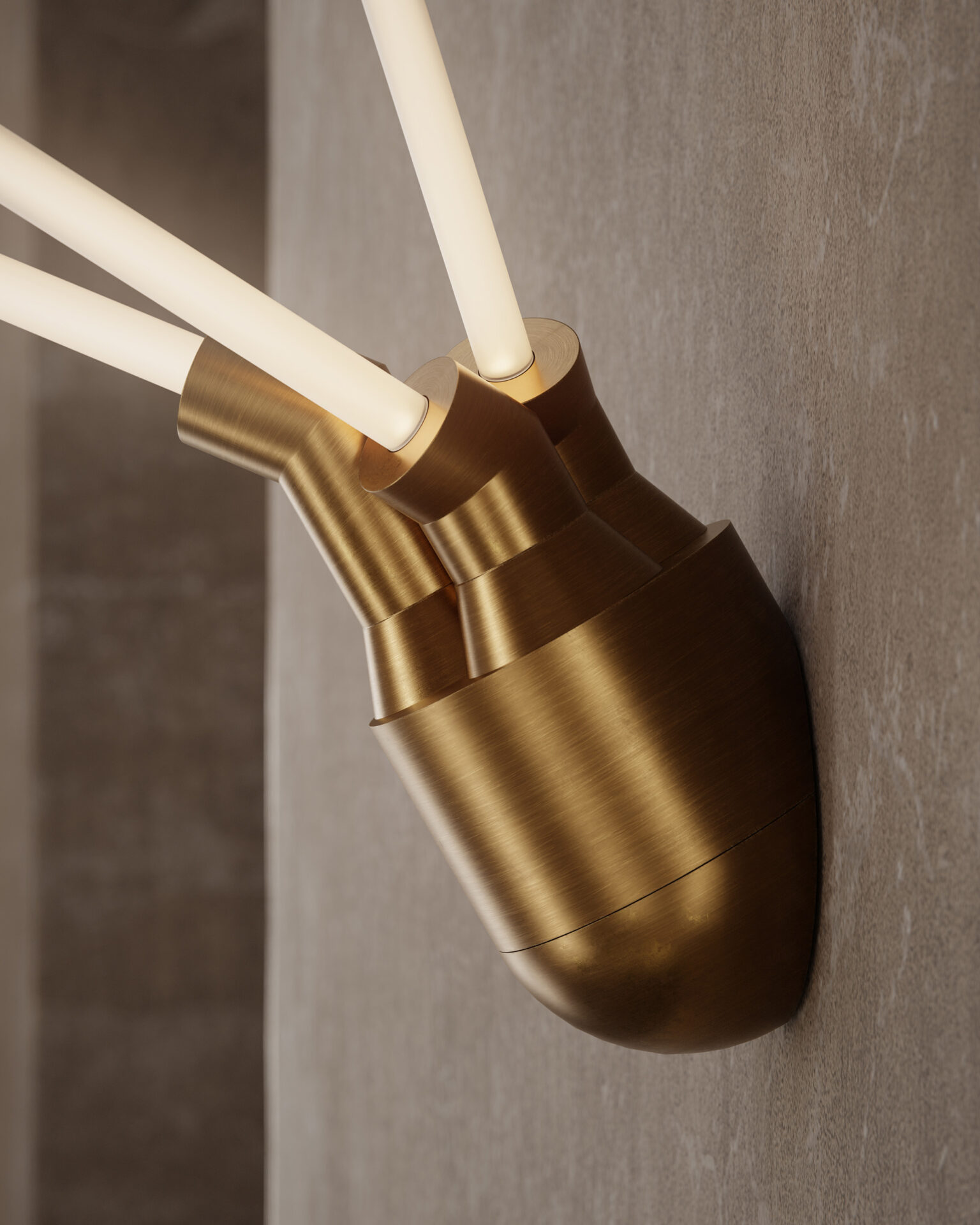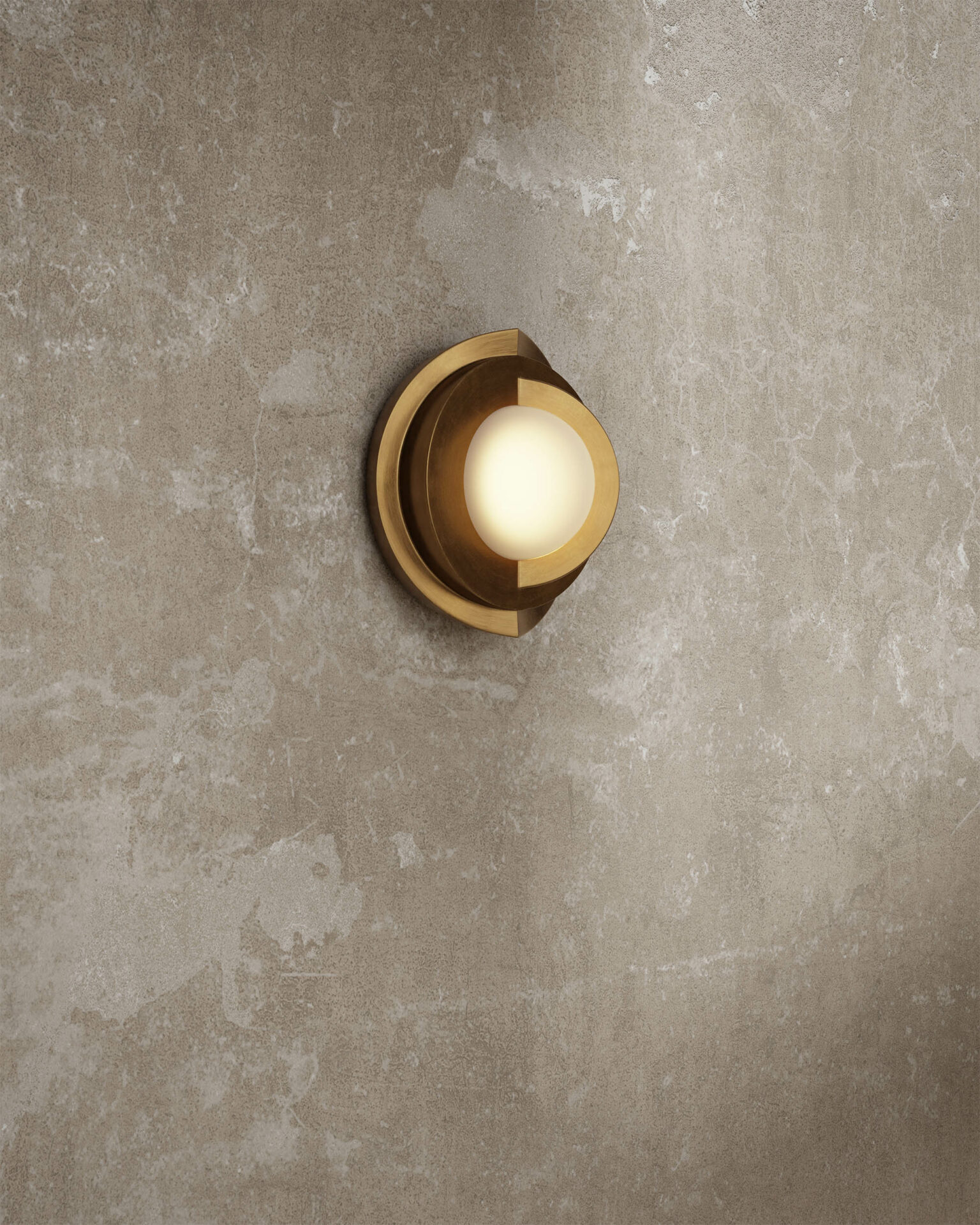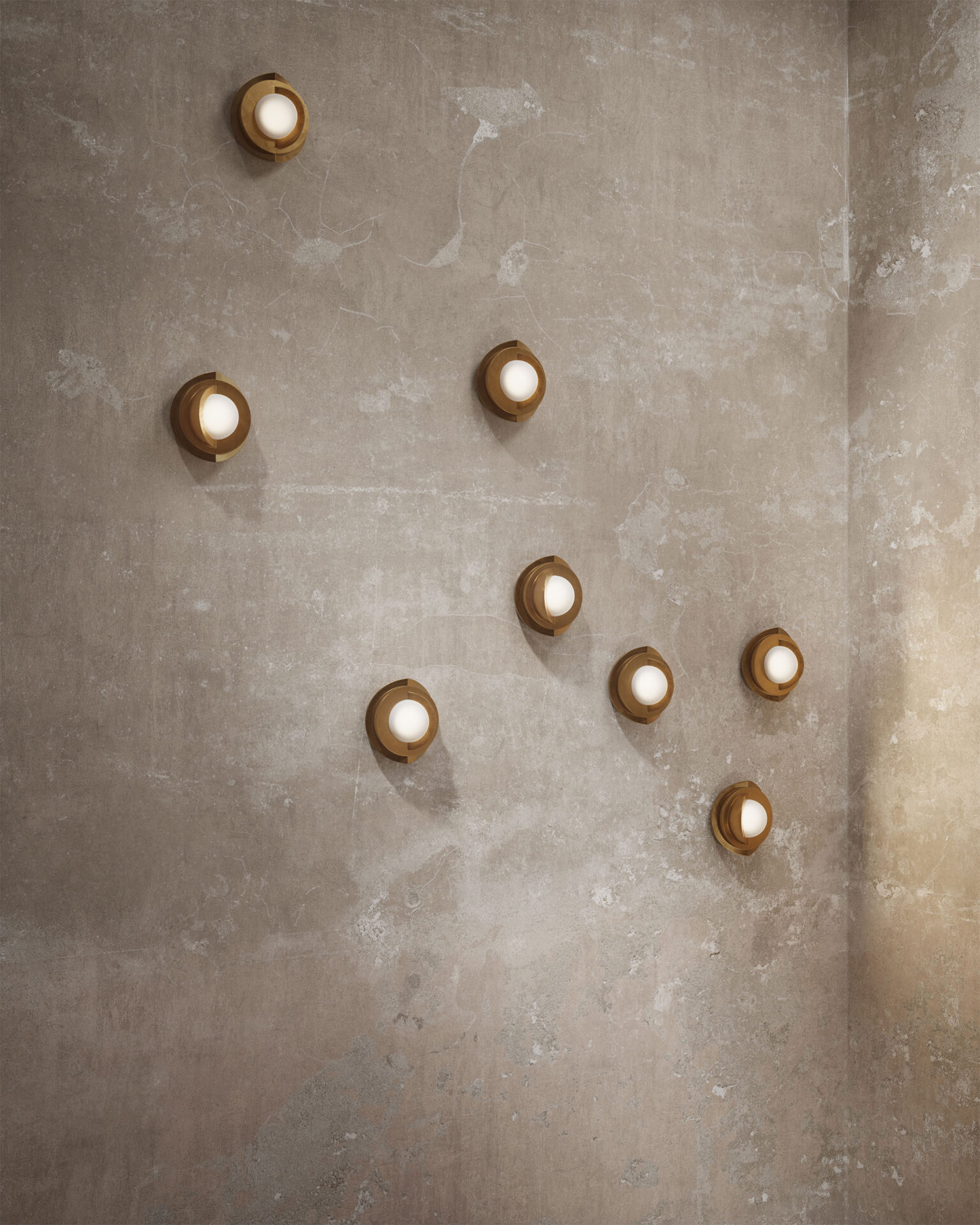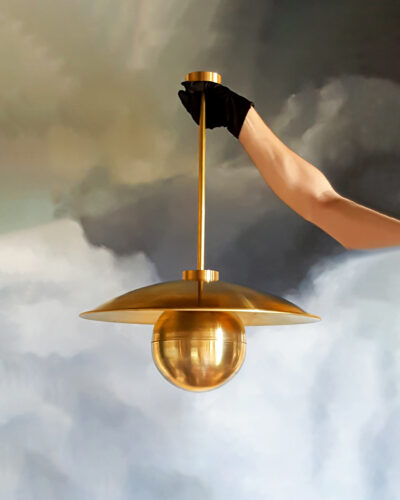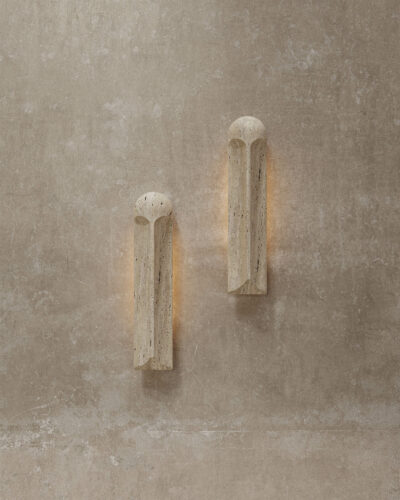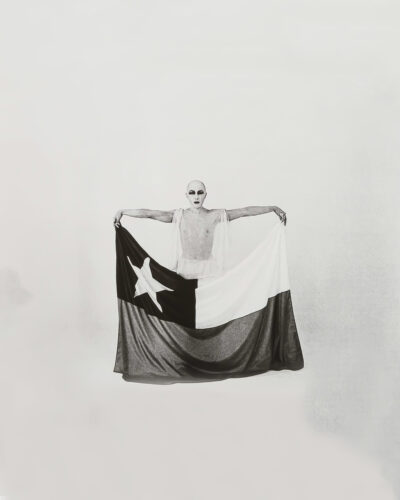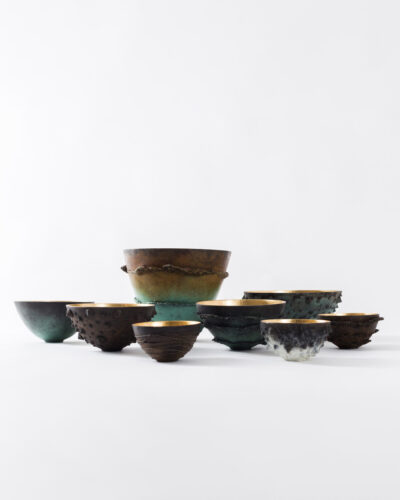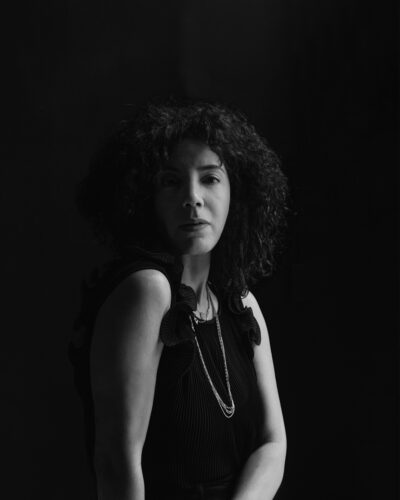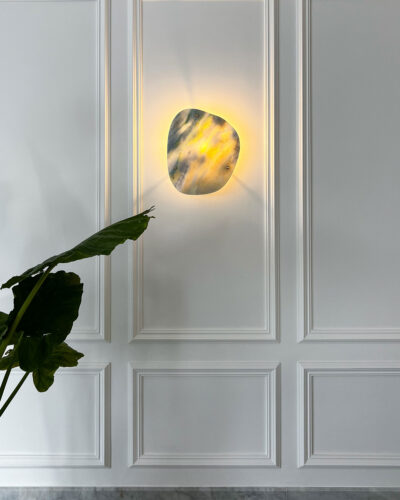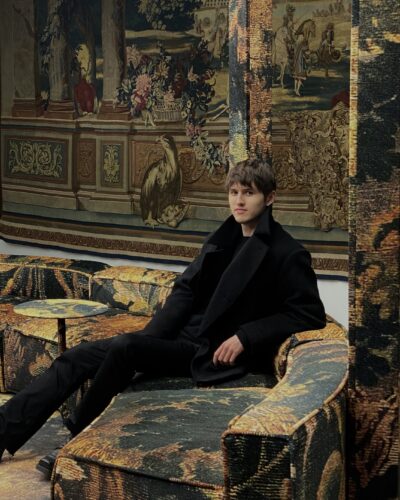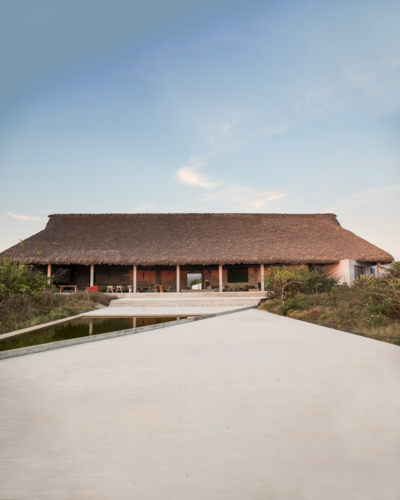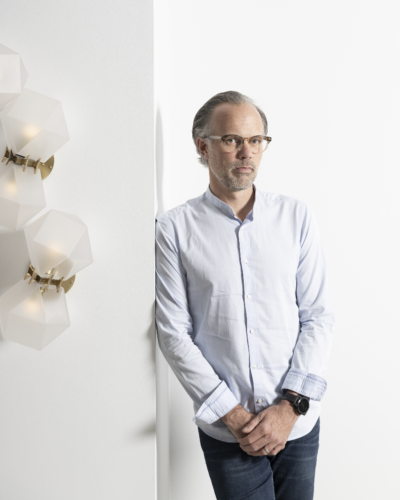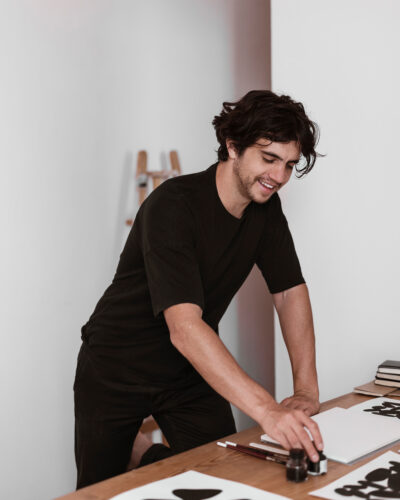This website uses cookies so that we can provide you with the best user experience possible. Cookie information is stored in your browser and performs functions such as recognising you when you return to our website and helping our team to understand which sections of the website you find most interesting and useful.
Listen to the conversation between Rosanna and Jan Garncarek
Designed in collaboration with Studio Fenice, Jeden is the latest collection from the Polish designer, Jan Garncarek. A continuation of the themes that most interest him – craftsmanship, history and permanence – the Jeden collection is an organic development of his previous work, using the same language and materials to express new ideas.
Sculpted in brass and travertine, the collection includes sconces, pendants and chandeliers, many of which are inspired by celestial bodies – the stars, comets and constellations that hang in our skies, emitting soft, twinkling light from great distances. “People have always looked up at the sky, searching for signs there,” notes the designer, whose Kometa Pendant and Zodiak Chandelier pay homage to their astrological namesakes, whilst other pieces, such as the Arka and Baba Scones, offer a more subtle riff on the same theme.
Like Saturn with its rings, the centre of the Arka sconce is framed by a halo of glistening brass, a material that the designer uses throughout the collection for its “beautiful and unique” play with light. Cleverly designed to suggest that its core of solid and striated stone floats unaided at its centre, as if by gravity alone, the pared-back silhouette emphasises the contrasting characteristics of the materials. “The brass reflects the light of the surroundings in a beautiful and unique way. Whether it is switched on or off, it creates two different impressions.”
“I try to create as meticulously as possible”
The great-grandson of a preeminent Polish stonemason, Garncarek has often incorporated it in his work – however, stone takes centre stage in many of the designs in the Jeden collection. Hewn from a single piece of travertine, the Baba Sconce has an elegant, elongated form that is reminiscent of architectural mouldings, as well as recalling African tribal masks carved in wood. Backlit, the sconce emits a soft, atmospheric light, which produces dramatic shadows that further accentuates its sculptural form.
The side profile of the Baba Sconce offers a very different reading, the change in perspective revealing a shape that is similar to that of a comet – a solid mass with a tail that trails behind it. An energetic and animated form, the comet’s ‘ball and tail’ can also be found in the Kometa Pendant, where it is reimagined in glass with brass accents.
A long, lozenge-shaped piece of glass seems to glow from within, punctuated at one end with a round mass of brass and illuminated glass -as if the Kometa were falling to earth… Abstracted and simplified, the design plays with positive and negative space; translucent and opaque materials; reflective and matte finishes. Decadent yet simplified, Garncarek pulls together elements of Art Deco design and Space Age Futurism, the result of which is a pendant that is sleek and pared-back.
The Badyl and Enigma Sconces feel closely linked to Garncarek’s previous work, much of which was inspired by the Machine Age of the early-to-mid 20th century. A curious and fantastical piece, the Badyl Sconce features rods of sandblasted borosilicate glass that project out at various angles from a mechanical, brass body. Like the beams of light that scan the skies in the cinematic masterpiece ‘Metropolis’ (1927) – a film that has exerted a great influence on the designer throughout his career – it is as if the Badyl will burst into life, its streaks of light criss-crossing as the metal base turns and rotates…
“For me this lamp is a fantasy object – a modern, organic design that is simplified to the maximum. Sculptural and futuristic, [the Badyl] can be seen in many different ways, but what is important to me is to create contemporary, long-lasting design that isn’t influenced by trends, but by my own vision.”
Movement is equally implied in the Enigma Sconce, with its ocular form that suggests it might ‘blink’ at any moment. At the core of this mechanical eye is a sphere of matte opal glass, encased in concentric layers of brass that form a protective outer structure. Garncarek notes that the way he has ‘cut’ the metal layers is what creates “a sense of dynamism, giving it the impression of movement.”
Like the constellations that appear in the night sky – illustrated simply as dots connected by a network of lines – the Zodiak Chandelier is perhaps best appreciated from below, as if one were star-gazing beneath it… Eschewing the traditional vertical form, Garncarek’s chandelier presents itself on a horizontal plane, more akin to a mobile – like those that hang over a baby’s bed, or created by the modern master of the form, Alexander Calder.
Whilst the design makes reference to the celestial, the designer himself sees the pieces as “a couple dancing in the sky,” adding that Zodiak “is one of the most romantic objects that I have created.” Observing the interwoven and overlapping lines, the various points of connection, there is a rhythm and harmony to the piece, despite its asymmetry.
Looking to the stars above, Garncarek was drawn to the beauty and universality of an experience that can be enjoyed from wherever we find ourselves on earth. Dreamed up while traveling in South America, the designer returned to his studio in Warsaw to create the collection, having been subtly influenced by the experience of being in a different landscape, immersed in another culture. Both a continuation and an evolution, Jeden pushes at the boundaries of the designer’s existing style, fusing the astrological with the romantic, the geometric with the excesses of the golden-age of glamour.
